Photographer Shawn Heinrichs believes that storytelling is man's most powerful tool. His imagery seeks to inspire protection of nature, and that is what drives him to document life in the ocean.
"Art is my passion, but conservation is my deep purpose," he said.
"And the two for me are inseparable."
From CNN by Stefanie BlendisTommy O'Callaghan
The images of sea life captured by photographer and cinematographer Shawn Heinrichs have a dual message: we should revere these majestic, yet fragile creatures, but we should also fear the prospect of their extinction.
In 2013 Heinrichs helped to expose the illegal trade of manta rays in Asia.
He documented hunts and went undercover in markets.
His footage was presented at the Convention on International Trade in Endangered Species at the UN.
The team helped secure international protection for manta rays
Heinrichs, 50, grew up by the South African coast: "As a kid I spent every weekend around the oceans -- it has more abundance than you could ever imagine," he recalled.
His protective instinct for life beneath the waves inspired a career investigating its mistreatment by humans and campaigning for change.
His protective instinct for life beneath the waves inspired a career investigating its mistreatment by humans and campaigning for change.
By locating elusive whale sharks in Mexico's Isla Mujeres, he heavily influenced local fishermen's career transition to ecotourism.
Heinrichs then documented the widespread hunting of manta rays for their gills, which are used in traditional Chinese medicine, and helped pave the way for mantas' official protection by the UN Convention on International Trade in Endangered Species.
Heinrichs grew up by the ocean in South Africa.
He says that a connection with the ocean makes him feel alive.
"That energy and excitement when I look down in the water or even see the wings of a giant manta ray pod beneath me -- that is always calling to my heart."
Some of his pictures showcase magnificence, while others are intentionally hard to look at.
But Heinrichs' imagery exists to inspire action.
Today he devotes much of his focus to SeaLegacy, an organization which seeks to channel a sense of public injustice at endless fishing and to direct it towards environmental activism.
Despite gaining international protection, thousands of manta rays are killed every year.
"I witnessed [slaughtered] manta lined up across an entire street," recalled Heinrichs.
"Documenting the hunting of these magnificent mammals was one of the most dangerous and trying things I've ever done."
CNN spoke to Heinrichs about his art and ocean conservation, and how the two have become inseparable.
This interview has been edited for length and clarity.
This image of a humpback whale and its calf off Tonga is Heinrich's favorite from his own work.
"You can see into both of their eyes, and right behind them is a male escort in pursuit, hoping that he may get a chance at some point to mate with this female," he said.
"You witness both the intimate connection between the mother and the calf, but also the system of life, how it all comes together for the next life cycle.
And that to me is probably one of the most special images I've ever captured."
CNN: Why are photographers important in ocean conservation?
Heinrichs: Fundamental to us wanting to protect and preserve something, is our ability to connect with it. Given so few people ever get to directly go into the ocean and connect with the marine life in these habitats, it is so important that we bring the stories to them.
It's through the imagery, the video, and all the storytelling that we help people feel a connection, and through that, they develop a sense of empathy and a desire to act. It is a huge opportunity and an obligation on our part as storytellers to bring these stories to the people.
Heinrichs took this drone image of a blue whale in Baja California Sur in Mexico.
It's one of the planet's richest ecosystems and contains one of the greatest abundances of whale species in the Northern Hemisphere.
Jacques Cousteau once called this region "the aquarium of the sea."
Heinrichs: We look at the oceans as this inexhaustible resource -- a place where we can keep taking and taking.
We send out our factory ships and we scoop up tons and tons of species and bring it back to port labelled as seafood.
We have taken more than 90% of the large fish out of the oceans in just a few short decades through industrial fishing.
Nobody really understands that these are living sentient beings that maintain a habitat that is literally the life support system of our planet.
Half of the oxygen we as humans breathe comes from the phytoplankton that lives in our oceans.
And as we destroy our oceans, we're literally collapsing one of the lungs of this planet.
Though almost two billion people live by the sea, few of them experience the same connection to marine life as Heinrichs.
He estimates that only 1% of people put on a scuba mask to go beneath the sea surface in their lifetimes.
"Fundamental to people wanting to protect and preserve the ocean is their ability to connect with it," he said
The most immediate threat to our oceans is our extraction, but in the long term perhaps one of the greatest threats will be climate change and global warming.
As the seas warm, they become less productive, the currents slow down and the migrations of these fish should start to shift and their ability to reproduce changes.
As we bring more and more carbon into the seas, the ability for reefs to even form disappears.
So the literal support system on the ocean floor is starting to disappear from beneath us.
By using powerful imagery, such as this photograph of a shark fin market in Asia, Heinrichs motivates people to protect marine ecosystems.
CNN: What have you seen first-hand?
Heinrichs: I spent the better part of an entire decade working on stories around the planet looking at destructive fisheries.
I was in ports in Asia where they brought in 7,000 sharks in a single day.
They hacked the fins off them, threw them into the tray and then the entire shark was turned into fertilizer.
Seven thousand sharks!
And when I spoke to the factory floor manager, he said, 'Today isn't a big day.
Some days, we get 10-12,000 sharks.
So in a single port, you're looking at three million sharks in a year. And what does that actually translate into?
The estimates are somewhere between 100 and 250 million sharks a year are slaughtered for their body parts.
I've seen ports where there's speared dolphins lying on the beach, and they use that for dog food.
I've seen ports where there's speared dolphins lying on the beach, and they use that for dog food.
I've witnessed mantas lined up across an entire street, in Asia, and they only take the gills out and they use them as a medicinal tonic, and the rest of the animal is wasted.
Heinrichs fears that we see the oceans as an inexhaustible resource.
"We have taken more than 90% of the large fish out of the oceans in just a few short decades through industrial fishing," he said.
"Nobody really understands that these are living sentient beings that maintain a habitat that is literally the life support system of our planet."
CNN: What is SeaLegacy?
Heinrichs: SeaLegacy is an organization co-founded by my partners Paul Nicklen and Cristina Mittermeier, both world class photographers and conservationists, to activate people around the planet to help restore the health and abundance of our oceans.
One of the biggest problems we face today is that people feel helpless, or they feel apathetic.
It's either 'not my problem,' or 'there's nothing I can do about it.'
We created a place where you can come in, you can sign up and you can choose your own path: maybe you're interested in dolphins, whales, mangroves or reefs.
You then choose to take action.
Maybe it's simply sign a petition, make a donation.
Maybe it's a letter to Congress or to some other country, urging them to take action to protect critical mangroves.
But we also provide information on how you can make changes in your own private life.
But we also provide information on how you can make changes in your own private life.
What you consume, what you dispose of, your energy use.
Through our stories you help learn to be a better custodian of this planet.
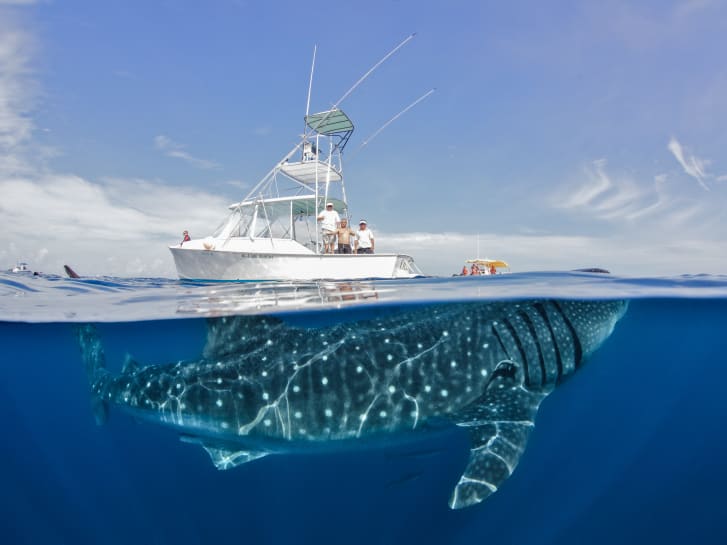
Much of SeaLegacy's work is with fishing communities, supporting a transition from extractive fishing to ecotourism.
This image was taken from the largest shark fishing island in Eastern Mexico.
According to Heinrichs, some fishermen have made the switch from poaching whale sharks to taking tourists out to swim with them.
Heinrichs works with SeaLegacy, an organization that protects ocean life worldwide.
SeaLegacy encourages members to choose their own path of activism, Heinrichs says.
Some are more interested in sea mammals such as whales and dolphins, whereas others fight to preserve mangroves and reefs.
Recent SeaLegacy missions focused on promoting sustainable in fishing in Spain and protecting whale and turtle habitats in the Azores, for example.
CNN: What are your hopes for the future? Presumably, your work hasn't ended.
Heinrichs: We're long past the time for pretty pictures and fun stories.
We have to take action.
In my mind we have less than a decade left before we are in uncontrolled loss of the planet through climate and through destructive fisheries.
But I also believe that we are seeing fundamental change happening right this moment.
But I also believe that we are seeing fundamental change happening right this moment.
The next generation is waking up.
They're speaking to their parents and grandparents -- conversations that would never happen a decade ago are happening today.
Heinrichs has hope that younger generations are taking more responsibility for our planet.
"The next generation is waking up," he said.
"They're speaking to their parents and grandparents -- conversations that would never happen a decade ago are happening today.
I see little activists that are 13 years old, taking a stand in their schools to eliminate plastics.
I see fishermen transitioning their livelihoods from fishing sharks to taking a few people out to swim with sharks ...
We are seeing change."
I see little activists that are 13 years old, taking a stand in their schools to eliminate plastics
I see fishermen transitioning their livelihoods, from fishing sharks to taking a few people out to swim with sharks. I see entire cities designating protected areas.
We are seeing change.
So I do have hope.
So I do have hope.
But more than anything, I'm inspired to be part of it.
Because I think we have a chance, but we must act now.
Links :



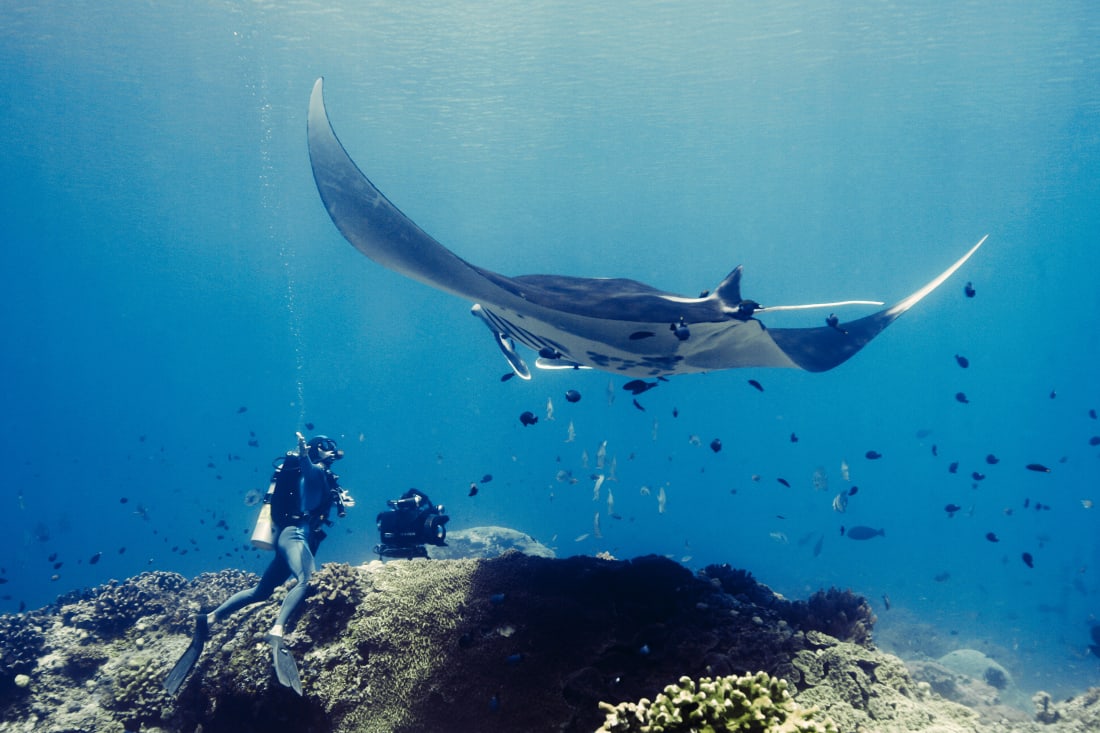
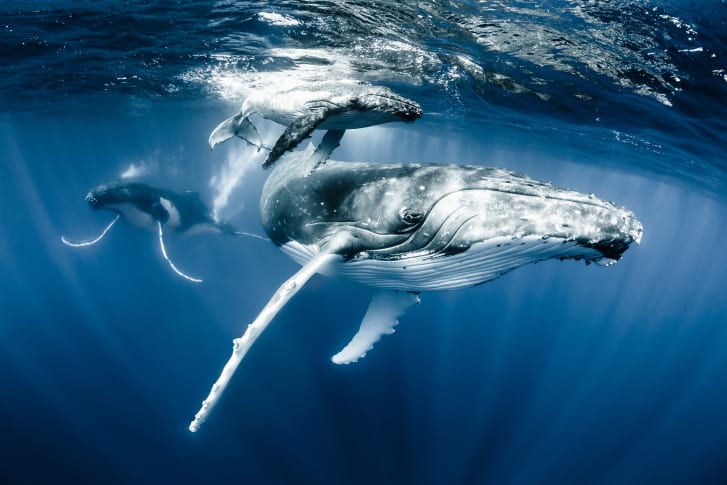
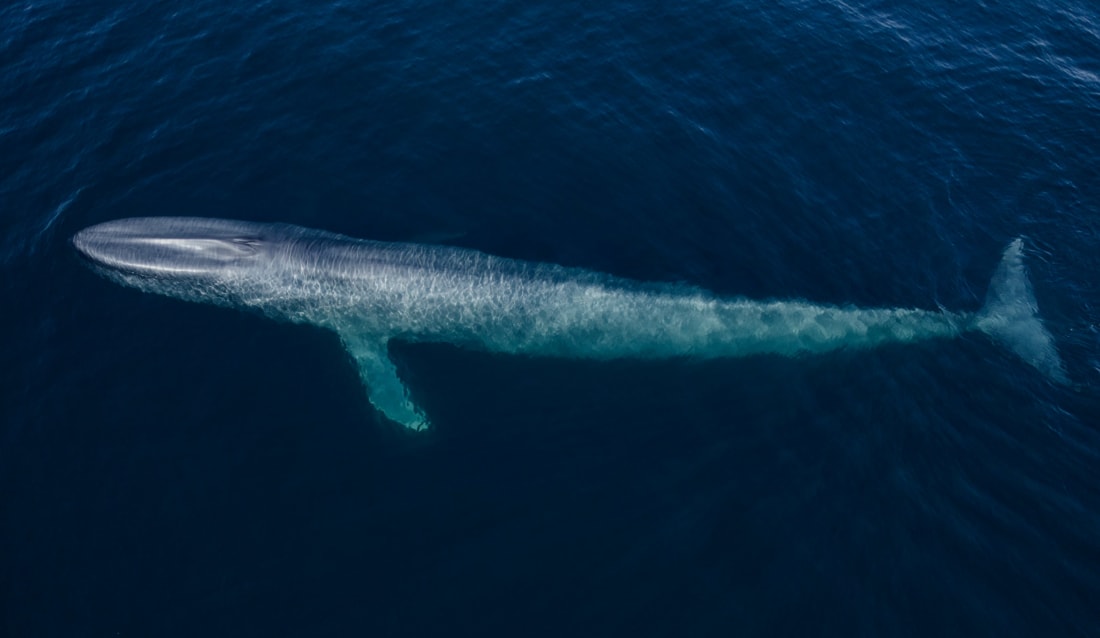
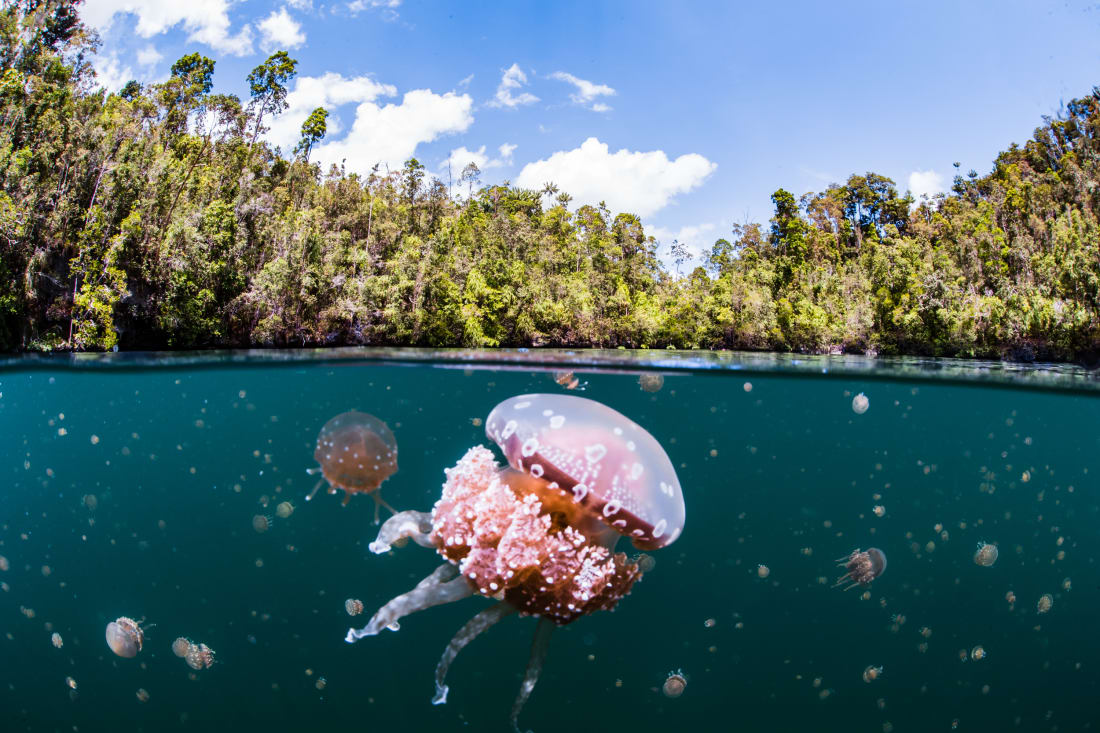
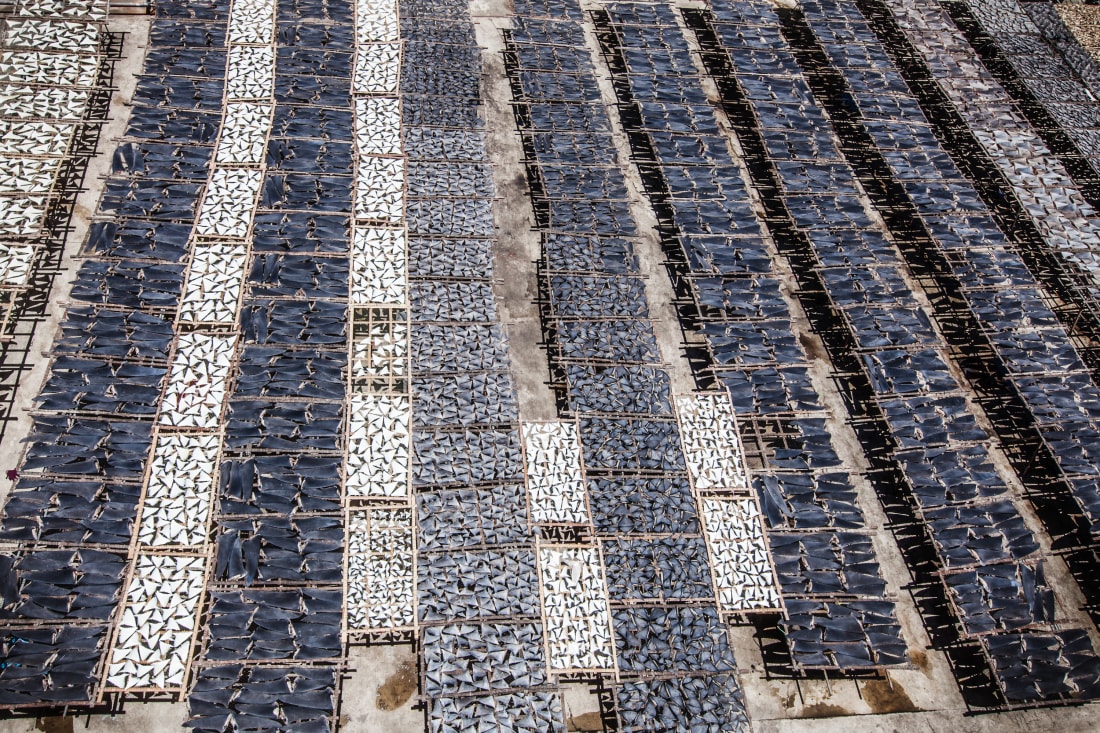


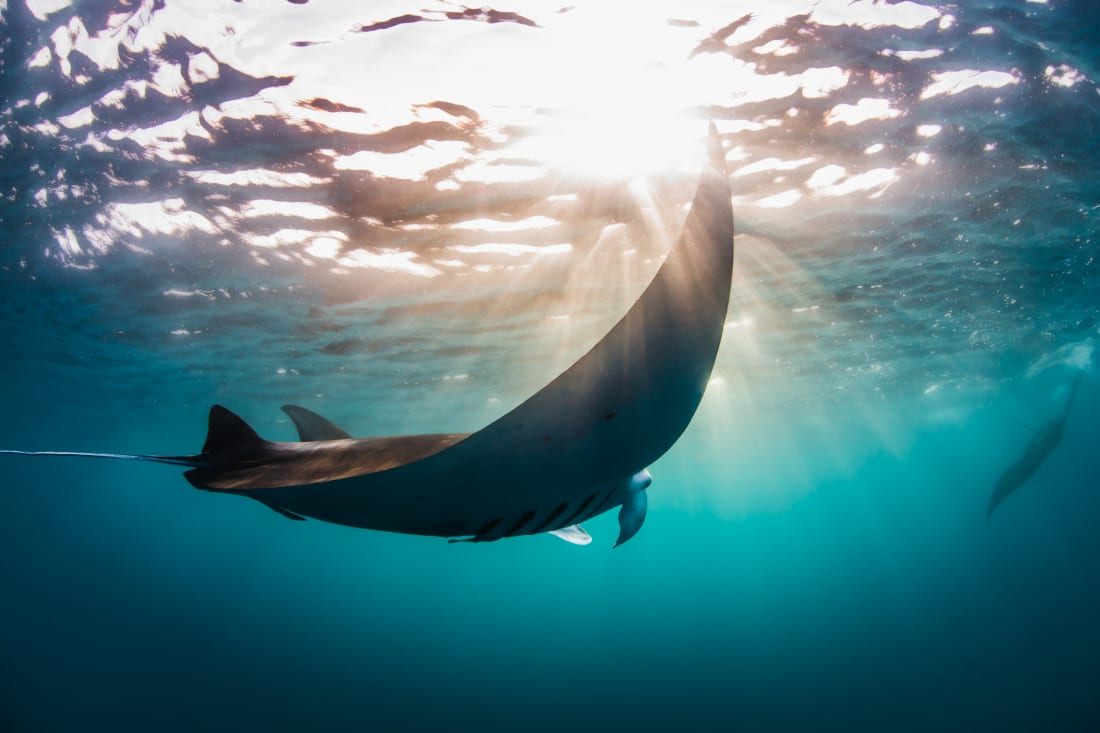
No comments:
Post a Comment